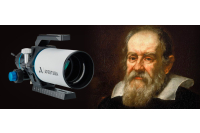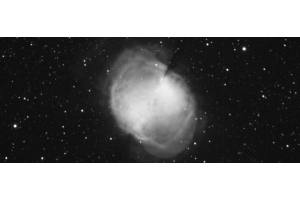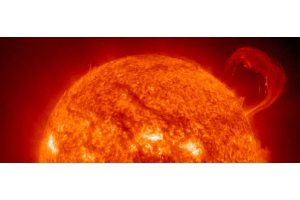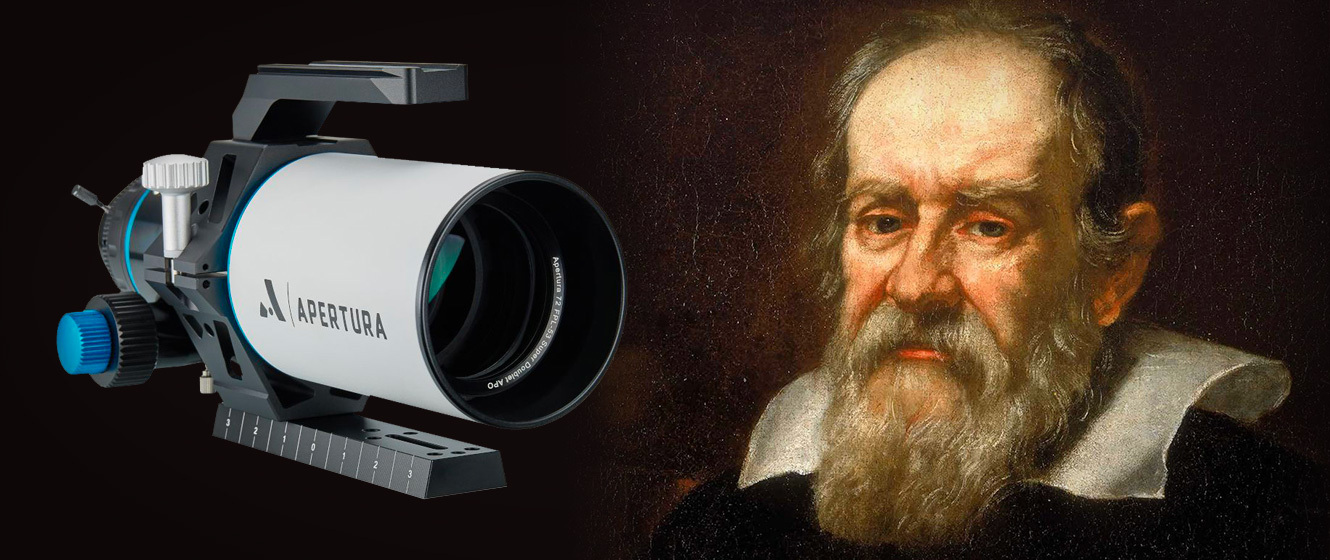
A refractor telescope is one of the most commonly bought telescopes on the market, and for good reason. The portability, high contrast views, and quick cooldown time make them ideal telescopes for beginners and advanced users. This article will serve as the ultimate beginner's guide to the different types of refractor telescopes on the market.
What is a Refractor Telescope?
Simply put, a refractor is a type of telescope that uses a lens to bend (or refract) light to a point. The point where the light path intersects is called the “focal point”, and is where your eyepiece, camera, or diagonal would go. The length from the lens to the focal point is known as the “focal length” of the telescope. This differs from a reflector telescope, which uses mirrors to reflect the light back into a secondary mirror, which then bounces back into the eyepiece. The basic way this works can be best illustrated with the below graphic.
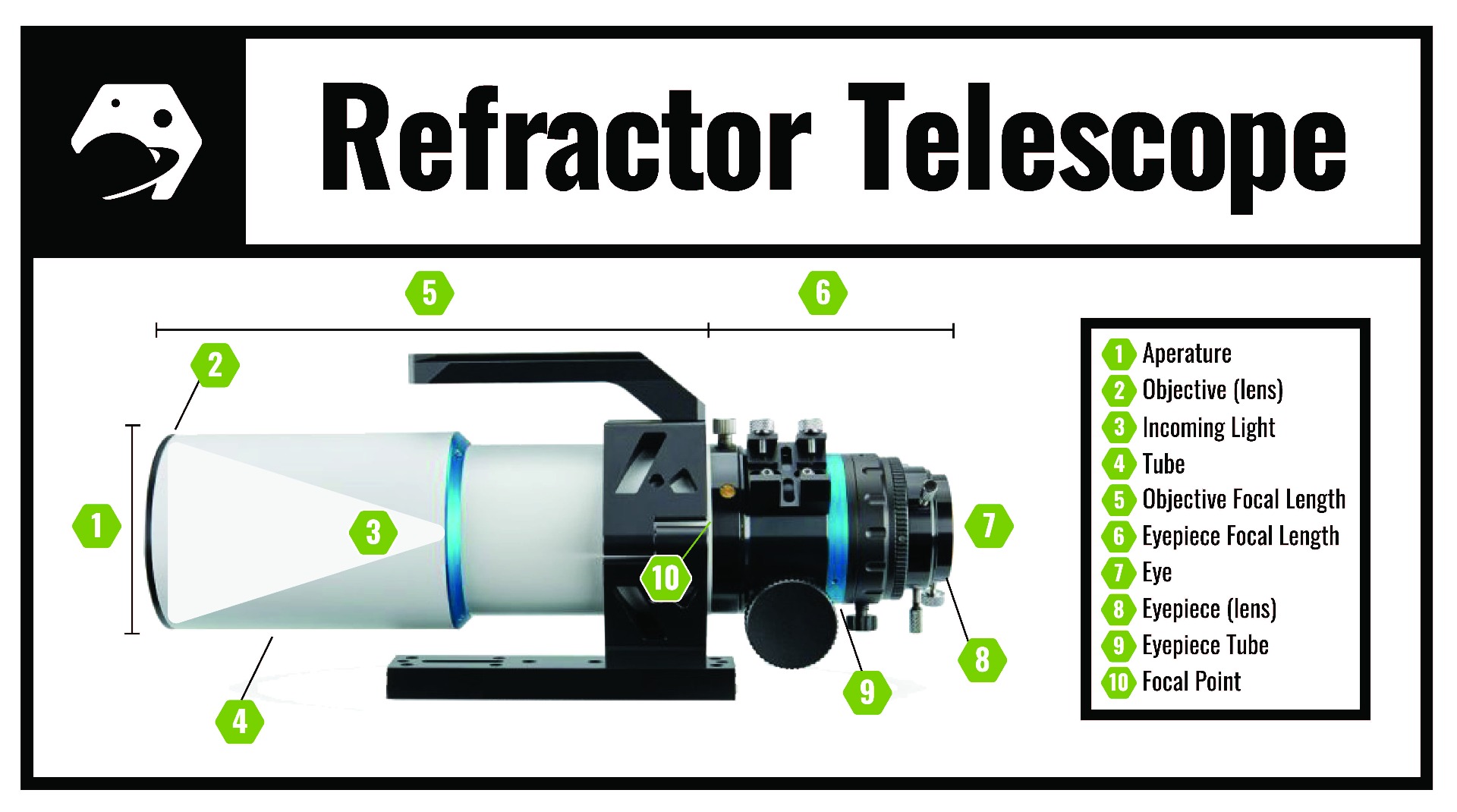

The design for a refractor telescope was first conceived in 1610 by the famous Galileo Galilei, who made a very small telescope that was able to observe up to 30x more magnification than the human eye could see. This was enough to observe craters on the surface of the Moon, phases of Venus, the moon’s of Jupiter, and also enough to get him in serious trouble with the Roman Inquisition at the time.
Is a Refractor better than a Reflector?
This is a question with no easy answer. In many ways, a refractor is superior to a reflector, but it entirely depends on what you want to use it for. A refractor telescope has no secondary mirror that acts as an obstruction to the light path. As a result, the view through a 6” refractor telescope will have higher contrast than a 6” reflector would. Bright stars in a refractor telescope also do not have diffraction spikes from the vanes supporting the secondary mirror, so stars will appear more as points, as perceived by the naked eye. Refractors also tend to be lighter and less bulky, making them ideal for “grab-and-go” astronomy in your backyard. Additionally, the stars will be sharper, making it easier to resolve double stars at the same magnification. A refractor telescope also has a superior cooldown time, while a reflector will require more time to cool down. A refractor can be set up and cooled down relatively quickly, which is important to get good views or images for astrophotography.
That being said, there are downsides to using a refractor over a reflector. The main one being cost: a premium 4” refractor telescope will cost an order of magnitude more than a 4” reflector. This is important because a telescope with a larger objective will collect more light and have increased resolution. It's possible to get a reflector telescope with a mirror that’s over 10-20” inches in diameter on the commercial market, which will enable you to look farther and deeper into the cosmos. Refractors also aren’t nearly as easy to collimate as reflectors. While normally this isn’t a huge deal, as refractors tend to hold collimation quite well when compared to a reflector, when a refractor needs collimation it's significantly more tricky than collimating a reflector. There can also be aberrations in refractors that are not present in reflectors, which leads us to our next section.
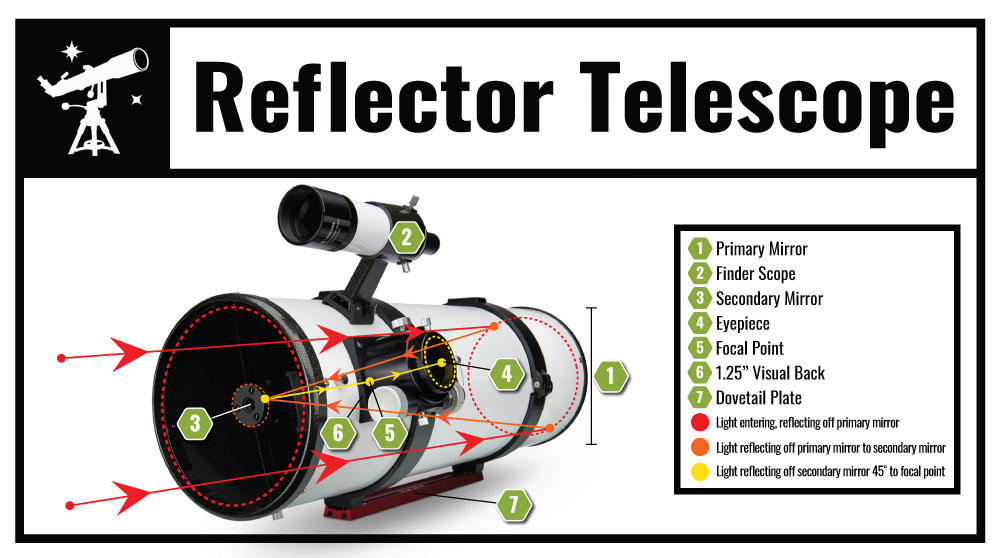
Understanding Common Aberrations in Refractors
While determining whether or not you want to buy a refractor, you should consider different types of optical aberrations that can be present in refractors. However, not all of these aberrations are the same. Understanding these common aberrations will help you pick the best refractor telescope for your needs.
Chromatic Aberration
If you were to put a prism up to a beam of light, you would see that light will split into colors, like a rainbow in the sky during a rainstorm. The “colors” are a result of light traveling towards our eyes at different speeds. Ideally, a refractor would be able to bend all of the light back towards the eyepiece at the same speed. However, depending on the type of glass in your telescope, this is not always the case, and stars will appear to have color distortion around them known as “chromatic aberration”. In a telescope eyepiece, chromatic aberration will appear as a false color around the edge of bright objects like the Moon, planets, or bright stars.

Coma
Coma is a natural defect that is found in many uncorrected telescopes, both refractors and reflectors. The stars appear as elongated “comet” shapes along the edge of the field of view, getting worse the closer to the edge. The severity of coma is proportional to how “fast” your refractor is. How “fast” your refractor telescope is just refers to the focal ratio (the focal length of the telescope divided by its aperture). If the focal ratio of your telescope is f/4 - f/6, then it is considered a “fast” refractor. Likewise, if the focal ratio of your telescope is around f/8 - f/11 or more, it is considered “slow”.
Image: Coma in a fast refractor. Note that closer to the center, the stars appear more circular, but along the edge, the coma gets worse.
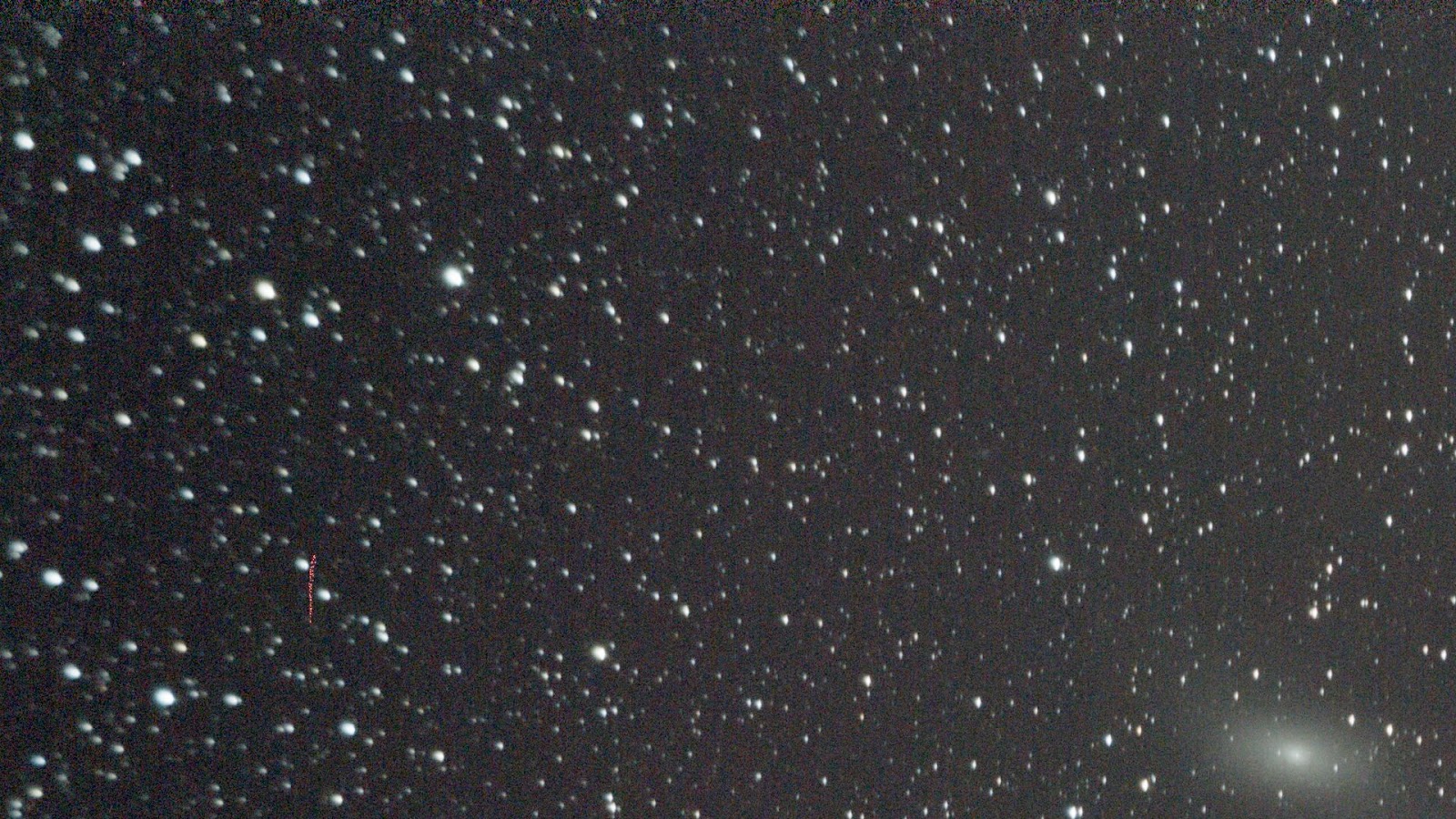
Astigmatism / Other Distortions
Chromatic aberrations and coma are not the only problems that you should be aware of. Other problems may arise due to camera tilt, collimation, or pinched optics. If your star shapes appear to be “flared” then you may have problems with astigmatism or pinched optics. Pinched optics occur when the refractor is being pinched by its retaining cell, usually due to the cell retracting slightly in cold weather. Astigmatism is a more difficult challenge to address, as it could mean a flaw in your optical system that isn’t easy to fix.
What is a ‘Doublet’ and a ‘Triplet’ Refractor?
While researching different types of refractor telescopes, you may have come across terms such as “doublet refractor” or a “triplet refractor”. These types of telescopes are also known as “apochromatic telescopes” or APOs for short. These telescopes correct chromatic aberrations in a refractor, making them useful for astrophotography. This is in contrast to an achromatic refractor, which uses a lower quality glass and will suffer chromatic aberration around bright objects.
A doublet APO uses two high-quality glass elements (usually FPL-53 glass) to precisely bend all the spectrums of visible light back to the focal point. A doublet APO is lighter, has a quick cooldown time, and will provide better contrast for those doing visual astronomy than a triplet refractor. An example of a doublet APO is the Apertura 60EDR and 72EDR.
A triplet APO, on the other hand, uses three glass elements (usually FK-61 or FPL-53 glass) to bend all of the light back to the focal point to an even higher degree of accuracy. Triplet refractors have the best color correction of any refractors. Because of this, a triplet APO is considered the best for astrophotography. However, these telescopes are heavier, take longer to cool down to ambient temperature, and are significantly more expensive.
Those looking to use a refractor for visual astronomy might be hard-pressed to notice a difference in many modern doublet APOs when compared to triplets. However, those looking to use a dedicated astrophotography camera or a DSLR to take very long exposures with filters will notice the difference between a doublet and triplet APO. The stars in a doublet will appear more bloated when compared to a triplet. In a triplet, the stars will appear razor-sharp.
Understanding Field Flatteners and Reducers

While a doublet or triplet APO will do a good job at correcting chromatic aberrations, they do not always correct for spherical aberrations such as coma. For this, you’ll need a field flattener, which will flatten out the spherical aberration across the field of view. If you’re looking for visual astronomy, a field flattener is unnecessary. However, it is essential for astrophotography and is usually sold separately from the refractor itself. You might see some flatteners also called “reducers”, which not only flatten the field but reduce the focal length. This is usual as it decreases both the focal length and focal ratio of your telescope, enabling more light to be collected from a deep sky object at the same time. For example, if you have an 80mm f/6 refractor with a 480mm focal length, a 0.8x reducer will turn your telescope into an 80mm f/4.8 refractor with a 384mm focal length.
Image: Stars along the edge of the field of view with a field flattener. Note the stars remain pinpoints.
Other Refractor Telescope Designs
One design of refractor telescope you might see on the market is a “Petzval” refractor. These refractors use the same high-quality glass as found in triplet APOs, but also have a built-in lens element that corrects for spherical aberrations as a field flattener would. These refractors are ready to go for astrophotography right out of the box!

Questions? Contact Us!
Have more questions about refractors? Not sure which telescope is right for you? Send a message to our non-commissioned product advisors! Our team of telescope experts are happy to point you in the right direction.
This Article was Last Updated on 05/08/2023

